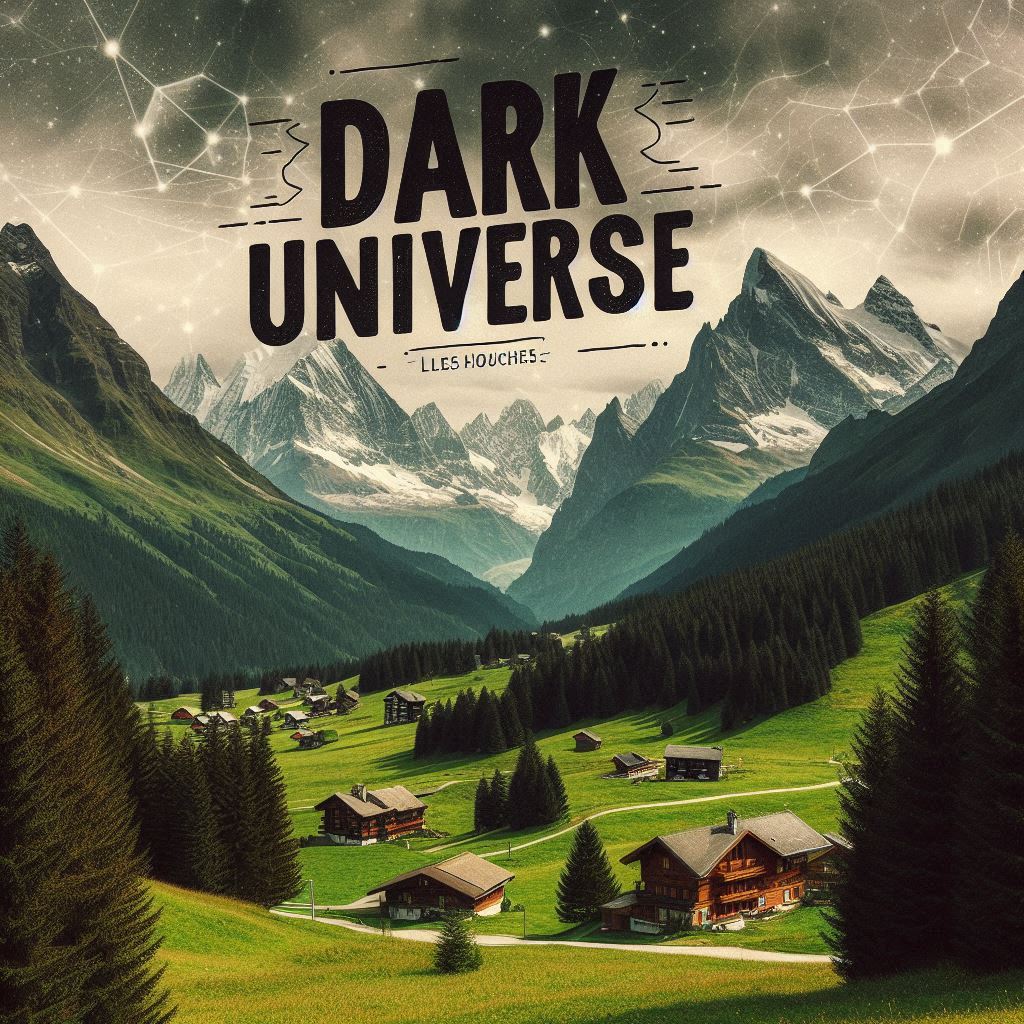Summer school: Les Houches on Dark Universe
→
Europe/Paris
Ecole de Physique des Houches
Ecole de Physique des Houches
École de physique des Houches
149 Chem. de la Côté, 74310 Les Houches
, , ,
Description

The 2025 summer school focuses on the present and future of cosmology. The program includes lectures on the physics of the late acceleration of the universe's expansion, exploring links with high-energy physics and the relevance of current theoretical models for understanding upcoming data.
Key Topics:
- Tools for analyzing experimental results, including numerical modelling of large-scale structures.
- New probes such as 21 cm physics and the structure of the Dark Ages.
- An overview of dark matter alternatives.
Organizing commitee:
- Philippe Brax (IPHT)
- Sandrine Codis (AIM)
- Guilhem Lavaux (IAP)
- Pauline Zarrouk (LPNHE)
Local Organizing commitee:
- Philippe Brax (IPHT)
- Guilhem Lavaux (IAP)
- François Lanusse (CosmoStat)
- Florent Leclercq (IAP)
- Ludovic van Waerbeke (UBC)
- Marina Riveron (École de Physique des Houches)
Scientific organizing committee:
- Francis Bernardeau (IPHT)
- Alain Blanchard (IRAP)
- Philippe Brax (IPHT)
- Sandrine Codis (AIM)
- Stéphanie Escoffier (CPPM)
- Guilhem Lavaux (IAP)
- Tania Regimbau (LAPP)
- Romain Teyssier (Princeton University)
- Pauline Zarrouk (LPNHE)
(Image logo drawn by DALL-E 3)
Participants
Alexander Roskill
Amlan Chakraborty
Amrita Mukherjee
Anna Chiara Alfano
Ashutosh Kumar Mishra
Azadeh Moradinezhad
Benoit Famaey
Benoit Semelin
Bharat Bhatt
Cecilia Oliveri
Chiara Caprini
Cliff Burgess
Clotilde Laigle
Cora Uhlemann
Cyril Pitrou
Daniel Johnson
Daniela Montes Doria
Daniele Steer
Eleonora Di Valentino
Elisabeth Krause
Emma Bruyere
Eric Armengaud
Erik Jensko
Florent Leclercq
François Lanusse
Giorgia Biselli
Giuseppe Di Donato
Halvor Melkild
Hovav Lazare
Indira Ocampo
Julien Lesgourgues
Katarina Kraljic
Ludovic Van Waerbeke
Marian Douspis
Martin Teuscher
María Pérez-Garrote
Moira Venegas
Nathan Burwig
Nicola Tamanini
Nicole Gountanis
Nidhi Sudhir Kandathpatinharuveetil
Oliver Hahn
Pedro Ferreira
Philippe Brax
Pierre Boccard
Pierre Béchaz
Pierre Fleury
Rahul Shah
Raul Angulo
Raymond Isichei
Romain Teyssier
Sacha Guerrini
Shambel Akalu
Shivani Deshmukh
Silvia Galli
Tania Regimbau
Tejas Satheesh
Toka Alokda
Tristan Hoellinger
Vivian Poulin
- +19
Contact
